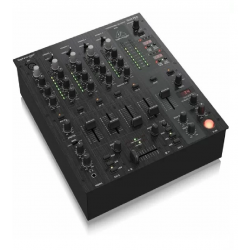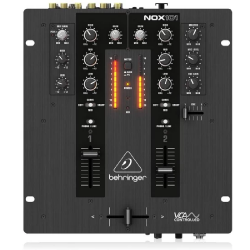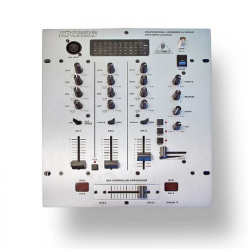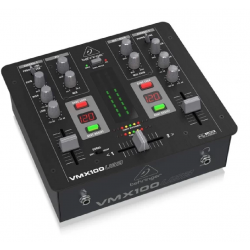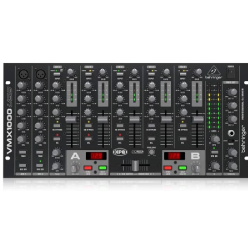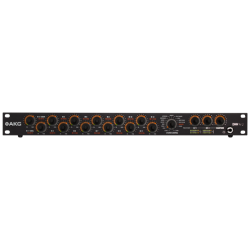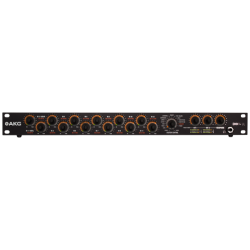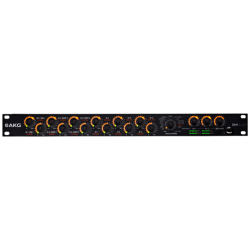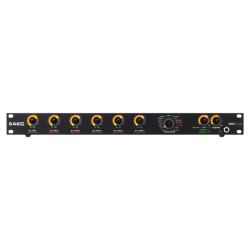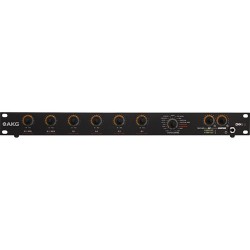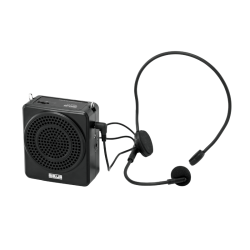Behringer 2600BLUEMARVIN Blue Marvin
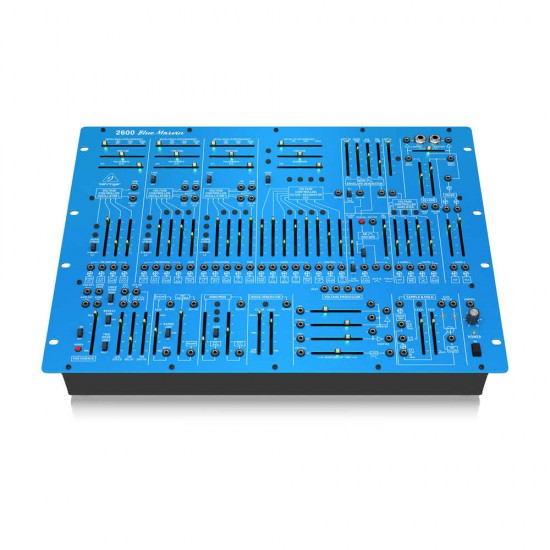
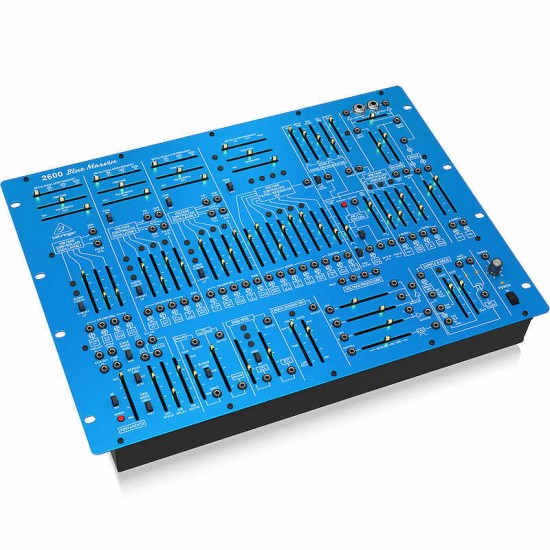
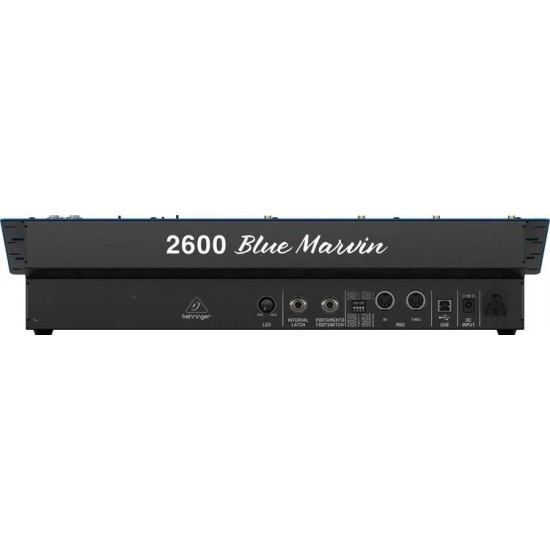



Behringer 2600BLUEMARVIN Blue Marvin
- Stock: In Stock
- Model: 2600BLUEMARVIN
LIMITED-EDITION 2600 BLUE MARVIN WITH TRUE SPRING REVERB
Few synthesizers are as celebrated as the original 2600, and now Behringer has brought the venerable semi-modular workhorse to the masses in an affordable 8U rackmountable format. Based on an ultra-rare early 2600 with a bright blue fit, the Behringer 2600 Blue Marvin leans into its normalled signal path and patch-point architecture to provide intrepid synthesists with a powerful sound creation platform. Whether you’re chasing classic synth sounds or concocting future-facing musical manifestations, the Behringer 2600 Blue Marvin arms you with a wealth of audio design tools, including three beefy VCOs, a multimode VCF, mountains of modulation, and inexhaustible routing options. With 78 faders and switches, 93 patch points, and Eurorack compatibility
PACKED WITH THREE SWAGGERING VCOS
Outfitted with three VCOs, the Behringer 2600 Blue Marvin boasts the signature girthsome tone of its predecessor, which lends itself to brutal bass sounds, gritty leads, and crystalline plucks. VCO1 features independent sawtooth and pulse wave outputs. While VCO2 and VCO3 furnish independent outputs for triangle, sawtooth, sine, and pulse wave (with pulse width modulation), as well as oscillator sync. Additionally, you can set all three oscillators to low-frequency mode for use as LFOs to modulate the 2600 Blue Marvin’s myriad parameters, and they have numerous CV inputs for frequency modulation via LFO, sample & hold, ADSR envelope, and more.
A TALE OF TWO FILTER CIRCUITS
The Behringer 2600 Blue Marvin comes with not one but two selectable lowpass voltage-controlled filter circuits: the 4012 and 4072. Though these are both 4-pole resonant filters, they have some significant sonic differences. Featured on all of the 2600 revisions up to 1976, including the 2601 Rev 1, the 4012 filter has a similar disposition to a certain legendary ladder filter. Chock-full of growling attitude with a greasy resonance, it’s an absolute monster.
MYRIAD MODULATION SOURCES FOR SERIOUS SIGNAL MANIPULATION
One of the aspects of the Behringer 2600 Blue Marvin that makes it such a soundscaping powerhouse is its bevy of modulation sources. These include the usual suspects like sample & hold and ring modulator, as well as more rarefied beasts present in the 2600’s voltage processor section.
Accessible only via patch cables, the voltage processor section comprises two inverters, a lag time control, and an envelope follower, opening up the Behringer 2600 Blue Marvin to possibilities far beyond traditional fixed architecture subtractive synthesizers. Additionally, the Behringer 2600 Blue Marvin boasts four linked parallel connections that function as both inputs and outputs and can be used to duplicate and combine signals.
MODERN FEATURES MAKE THIS THE MOST VERSATILE 2600 YET
The Behringer’s 8U rack-mountable form factor is another welcome riff, giving users more flexible mounting options. The unicolor LED faders shine brightly on a darkened stage and serve as a helpful visual aid while shaping patches during a performance.
STEREO OUTPUT AND MECHANICAL SPRING REVERB
On the Behringer 2600 Blue Marvin, all roads eventually lead to the mixer section, which houses the 2600’s voltage-controlled amplifier and stereo output, plus a true mechanical spring reverb — just like the original — to add the final dash of atmosphere to a patch. To its left sit the 2600’s dual envelope generators, a traditional 4-stage ADSR, and a simplified AR with a push-button manual re-trigger and another fun twist — a time factor switch, which allows you to double or halve the envelope’s total duration in an instant.
FEATURES
- Authentic mono semi-modular synthesizer with 3 analog oscillators with 4 waveforms
- Limited-edition based on an ultra-rare early version of 2600
- Normally signal flow with 93 patch points
- Pure analog signal path based on legendary VCO, VCF, and VCA designs from the 1970s
- Pulse width modulation (PWM) on OSC 2 and OSC 3
- Mono and duophonic voice modes
- 2 VCF modes: 4-pole 4012 and 4-pole 7072
- Dedicated LFO with square and triangle waveshapes
- White/pink/low-frequency noise generator; sample & hold
- Ring modulation, lag, and voltage processors
- ADSR envelope generator and AR envelope generator, featuring time factor control
- True mechanical spring reverb
- Comprehensive USB/MIDI and CV connectivity
- 63 faders with dimmable unicolor LEDs and 15 switches
- Portamento and interval latch
- 1/4-inch and 3.5mm Stereo Outputs
- Preamp input for processing external audio signals
- Headphones out with level control
- Roadworthy all-metal 8U rack-mountable chassis


